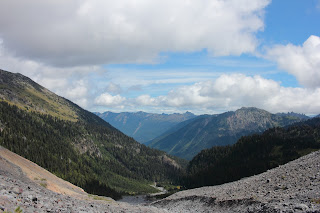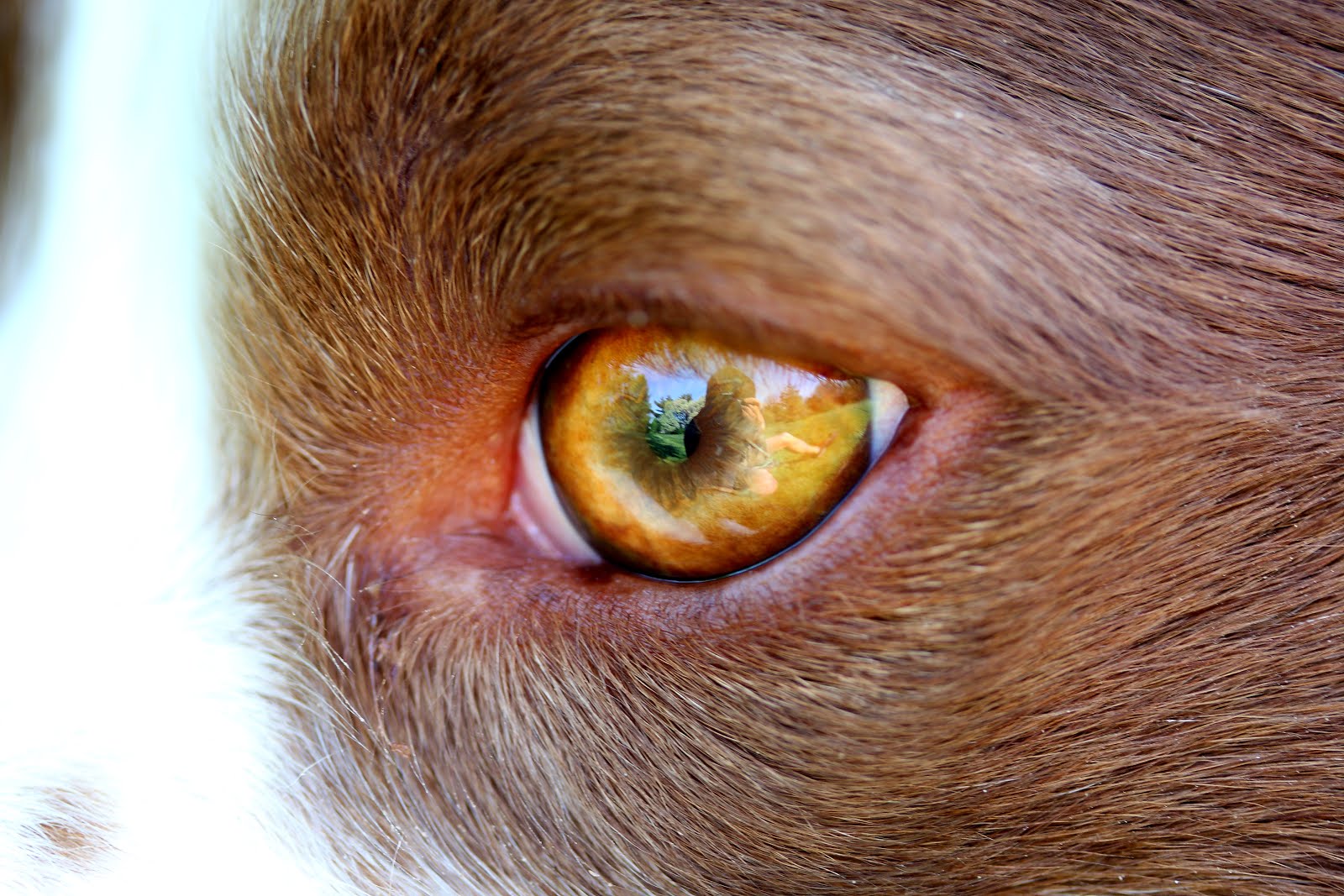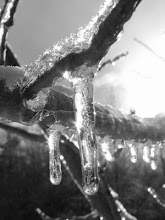Me and Kermit arrived at Congaree National Park at 6:30am on a Sunday in late August. It was already very humid, the day ended up having a dewpoint of 74 °F and 98 °F with a "heat index," according to NOAA of 106 °F, the point is, it was warm. Although, it was quite tolerable early in the morning.
 |
| Kermit chilled out by this massive old growth swamp chestnut oak (Quercus michauxii). |
Congaree National Park has 25 trees that are the largest known of their respective species, called champion trees. The park in fact has the largest concentration of champion trees of any area in North America. According to the NPS Congaree National Park website, the park has one of the tallest temperate deciduous forests in the world, taller than the old growth forests in Japan, the Himalayas, Southern South America, and all of Eastern Europe.
 |
| This photo was taken down in a cypress/tupelo slough, right after six or seven wild hogs snorted and ran off to a further distance, but didn't completely flee the area. |
I saw many of these beautiful millipedes around the forest, particularly on the trunk and roots of large oaks. These cool little guys feed on detritus and play an important role in the nutrient cycling.
I saw many golden silk orb weavers in Congaree, it reminds me of
Black Bayou Lake National Wildlife Refuge in Louisiana
This individual was one of the largest I've seen of this species, it was simply huge, as large, or larger than the palm of my hand. It appeared to be grasping a large beetle or part of a cicada.
 |
| Kermit spotted large armadillo rooting around in the forest floor. |
I didn't get any decent shots of the hogs, these were the two best photographs I managed. The largest hogs were already further off in the distance, these few smaller ones hung around closer.
I didn't see anybody else out on the backcountry trails. Even though I was not too many miles from civilization, I felt as though I was way out in a remote slice of wilderness, it was the same feeling I had on
Africa Lake in Tensas National Wildlife Refuge in Louisiana.
I look forward to future explorations of Congaree, including bushwhacking to some champion trees.



























































